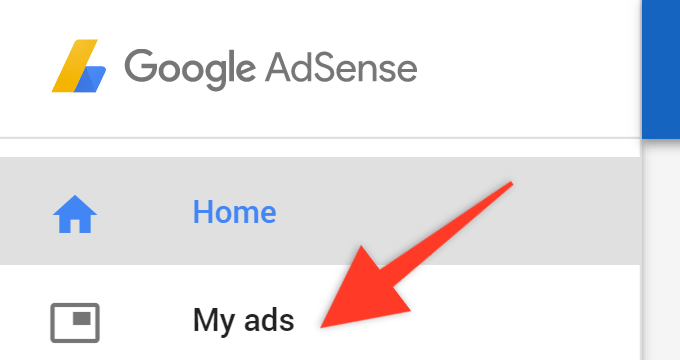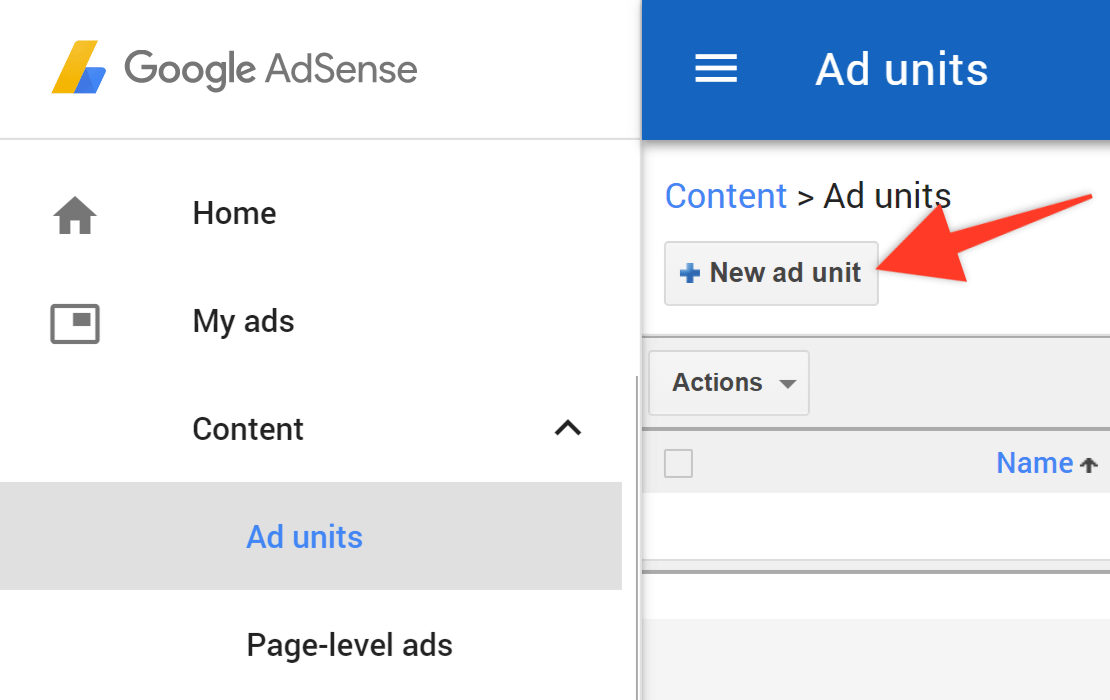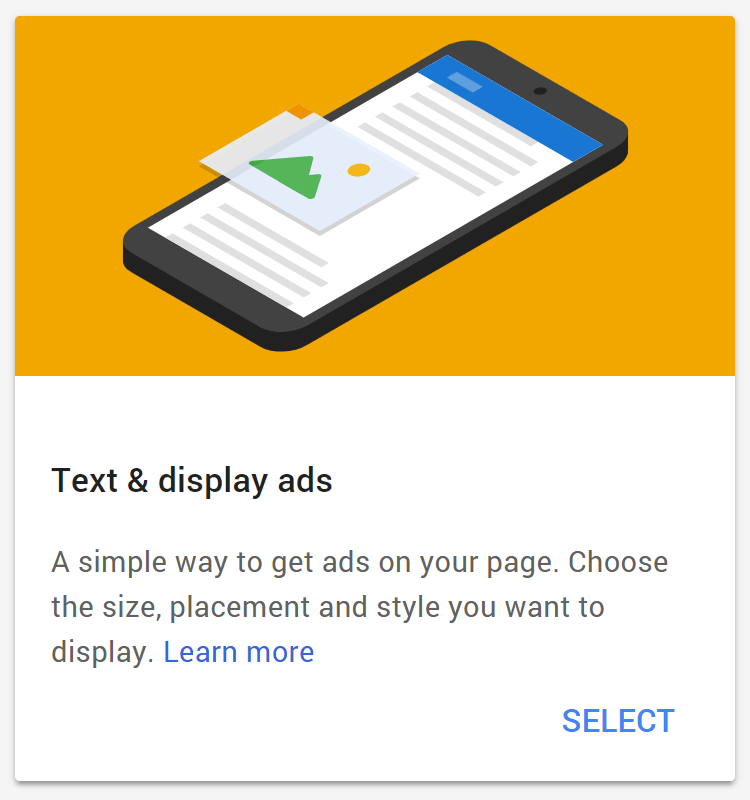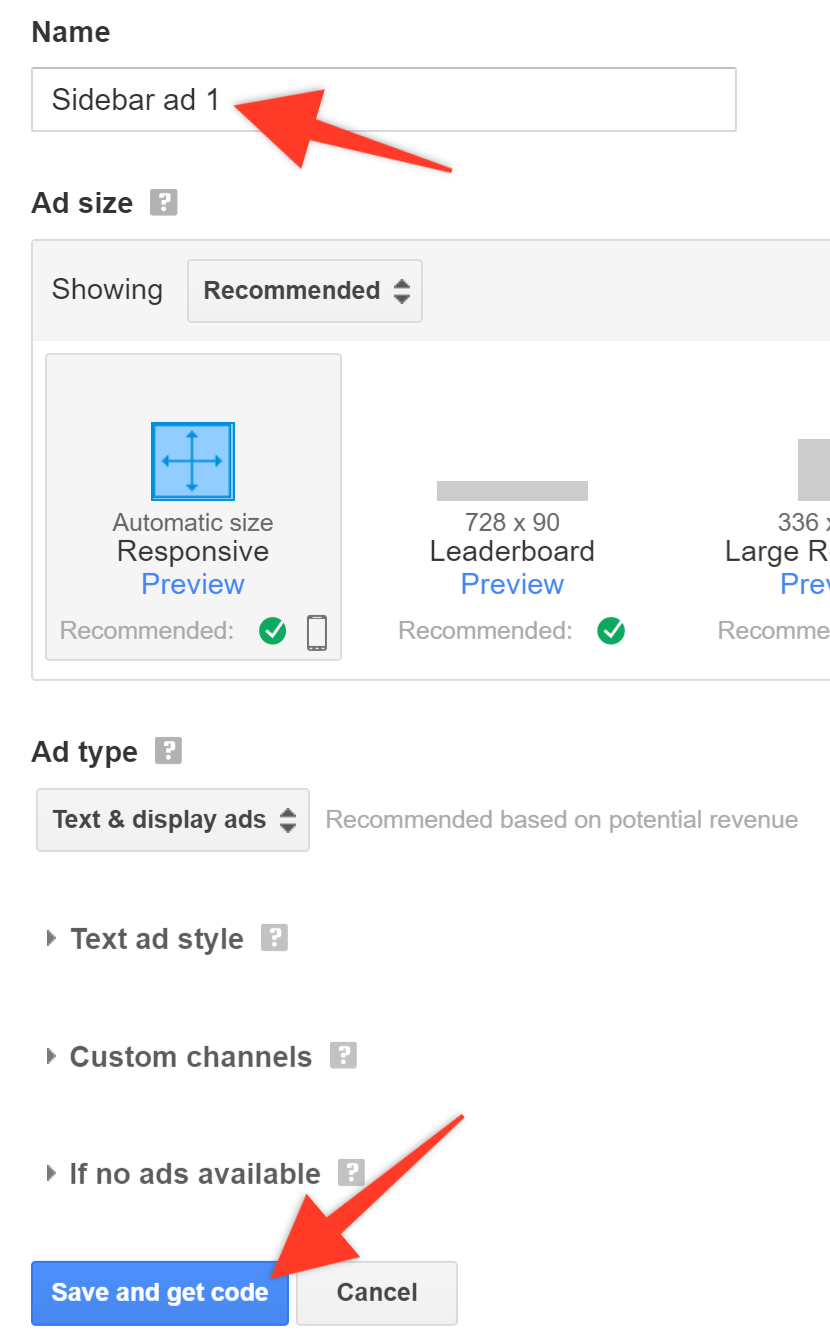In the middle of Q3 2016, Google lifted its policy on how to implement Ad units per page limit. Before that, publishers used to be able to have only 3 ads per page. But now, they can have unlimited AdSense ads on a single page.
However, the total number of AdSense ads or third-party ads (such as text, image, rich media, click to download, video, native, and other formats) must not exceed the content. We’ll take a closer look at this policy so that you can determine how many ads you should display for each page of your website.
But first, we’ll look at how to insert Google Adsense ads in blog posts/pages automatically. We’ll also look at how to insert ads into the article content in specific locations.
For example, after a section of text or an image. As well as automatically displaying ads at the start/end of a post. You can also display ads within the content. For example, after a specific paragraph or image.
What are Ad Units?
An ad unit is a kind of ad, which app developers integrate into their apps and display to users in order to monetize their traffic. There are many different kinds of ad units. Including banner ads, interstitial ads, rewarded video ads, offerwall ads, and playable ads. But, each ad unit looks and behaves differently.
The best ad experiences are ones that offer a wide range of mobile ad formats. Playable mobile ads are ad units that offer users a snippet of interactive gameplay. Letting users try out the advertised app before installing it.
Read Also: How many AdSense Ads should you have per page?
Playable mobile ads fall under the interactive advertising category. Since they provide users with an immersive and enjoyable ad experience. You can read and learn more about playable ads and how you can use them to acquire high LTV users.
How do you Implement Ad Units?
Generally speaking, you might think that copying and pasting the code directly from Adsense will work, however, this is not the case.
WordPress will automatically remove <script> tags from your post content for security reasons. Instead of copying the ad code directly to the post content, you can use our handy [pipdig_code_1] and [pipdig_code_2] shortcodes. In order to achieve that;

Go to your Google Adsense Ads account and click on the “My Ads” button as shown above.
Here you can access all of your ads. If you have not yet created one, click the “New ad unit” button:

Select “Text & display ads” from the options:

NB: I recommend that you leave all of the options as defaults for the best results. Simply enter a name at the top and click the “Save and get code” button:
What’s next?
As can be seen, from the illustration below, copy the code provided. And then go to the “Pipdig > Theme Hooks” section of your WordPress dashboard:
Paste the ad code into the following box at the bottom of the page:

You can now place the shortcode [pipdig_code_1] anywhere within a post’s text. When the post is viewed, the ad will be displayed in that position. For example, this will display an ad in that location within the post content.
Please note, it might show a blank white space for the first 24 hours whilst Google is authenticating your account settings. In addition to that, as an option, you can also use the Ad Inserter WordPress Plugin.
You can also read and learn more about How to Insert Ads within your Post Content in WordPress.
How to Implement Ad Units and Increase Revenue
Do you want to find out where the highest-earning Google AdSense ad placements are?
Now that optimizing your website’s Google AdSense ads is a great way to generate more ad revenue. After all, how you implement ad units is almost more important than the ads themselves.
Related Topic: Types of websites that earn the most money with Google AdSense
Below, I’ll show you where the best AdSense ad placements are on any website. So that you can maximize your own site’s ad impressions and clicks to make more money.
In this case, there are 3 key options that you can easily go by. Such as ads within the content, under the navigation menu, ads in the whitespace, etc.
1. Ads within your Blog Content
Putting an ad in the middle of your blog content is a great way to grab your site visitors’ attention and get them to click. After all, an ad within your blog’s content puts a break in-between paragraphs, forcing readers to see the ad.
It isn’t super intrusive, which increases your chances that site visitors will either click on your ad, and make you some money, or continue engaging with your site’s content. The reason this AdSense ad placement is so effective is that it’s right near the fold of your website. This way readers can scroll to keep reading if they like your content.
Or, if they don’t like what they’re reading they’ll still see your ad, and may even click on it. Even if they were planning on leaving your web page anyways.
2. Ads Under the Navigation Menu
Though Google will penalize you if you place too many AdSense ads at the top of your site, and push your site’s content below the fold, there is some wiggle room to it.
As long as you don’t put too many ads there or make your banner ad too long. A great example I’ve mentioned before, in the article about the types of websites that earn the most revenue from Google AdSense, is CatForum.com.
They use the space below the navigation menu, and above the content, in the best way possible. Their ad is slim enough to not affect the site’s content but clear enough that anyone visiting the web page will see it. This will get people’s attention and convince them to click to see what the ad is all about.
3. Ads in the Whitespace of the Site
Using the whitespace on either side of your content is another great example of the hotspot of the AdSense placement position. These ads are usually large and have bold graphics to capture people’s attention. More so, without taking too much away from the site’s content.
That’s one of the reasons they perform so well, and sites like jmexclusives and RALkleuren.com use their sidebar area to generate ad revenue. Long, vertical ads are best used for whitespace AdSense placement and can generate a lot of impressions and clicks.
You just want to make sure to test your website’s mobile display friendliness. To make sure that the ads are displaying the way you want them to when people on the go visit your website.
Takeaway,
Of course, now you know what ad units are and the top three highest-earning Google AdSense ad placements. It’s time to make sure you implement ad units well and know how to make sure your AdSense placements are actually working for you.
But, every website is different and what works for one person may not work for you. Luckily, if you use MonsterInsights (the best Google Analytics plugin on the market today), you can easily track your AdSense ad clicks using MonsterInsights ads tracking to do the following:
- Find out how many clicks each AdSense ad is receiving
- Discover where on your website site visitors are most engaged
- Remove low-performing ads, and use your best AdSense ad placements to generate more revenue
Even more, to learn in detail about tracking ad clicks on your website, check out the tutorial guide on how to track AdSense in Google Analytics.
Related Topic: Keyword Tool | #1 free Google Keyword Planner alternative
In addition, after you’ve set up ad tracking on your website you can view your AdSense reports in Google Analytics. While you track the click-through rates of your website’s ads. And so that you can figure out what the highest-earning placements are for you.
Well, there you have it! You now know what ad units are, the best AdSense ad placements and how to track which ones get the most clicks on your website. And if you want to generate even more ad revenue, be sure to check out the roundup of 4 Google AdSense tips for increasing your earnings.
And don’t forget to follow us on Twitter and Facebook or even Contact Us for more help on Google Analytics and AdSense. You can also donate in order to support our blog articles, online research work, and other related projects here.




